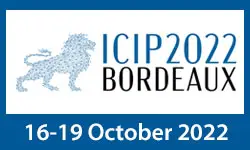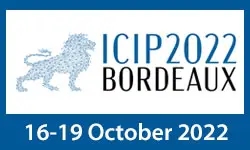Transformer Based Self-Context Aware Prediction For Few-Shot Anomaly Detection in Videos
Gargi V Pillai, Ashish Verma, Debashis Sen
-
Members: FreeSPS
IEEE Members: $11.00
Non-members: $15.00Length: 00:07:02
18 Oct 2022
The purpose of Compositional Zero-Shot Learning (CZSL) is to recognise unseen (or new) compositions of known objects (e.g. apple, banana) and its states (e.g. peeled, ripe). The CZSL poses a challenging problem as the visual features of objects and states are often difficult to isolate from their composition in images. Also, the features of a state may have wide variation across different compositions. For example, the state sliced presents different visual features in compositions, sliced potato and sliced bread. Hence, for solving CZSL problem, disentanglement of state and object features is the key challenge that we attempt to address in this paper by introducing Bi-modal Compositional Network (BiComNet). The proposed BiComNet consists of two distinct branches for state and object recognition, which helps in better disentanglement of the state and object features. We also propose a novel loss component to better facilitate the disentanglement of the state and object features. Finally, the proposed BiComNet integrates two different modalities of input data, the visual and word features, to better recognise unseen state-object compositions. Extensive experiments are carried out on the benchmark datasets MIT-States & UT-Zappos50K. Our proposed algorithm outperforms competitive methods in most count.



